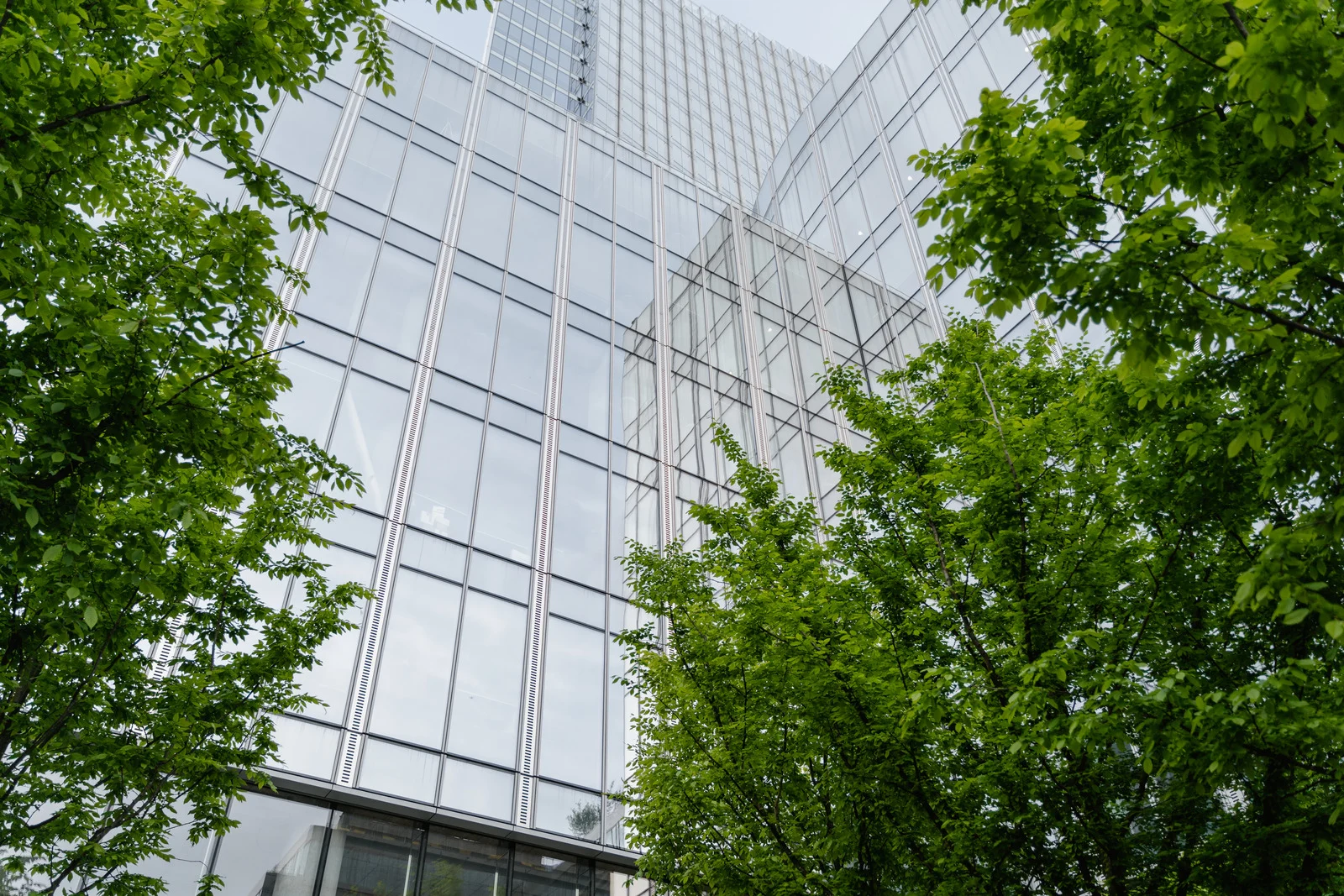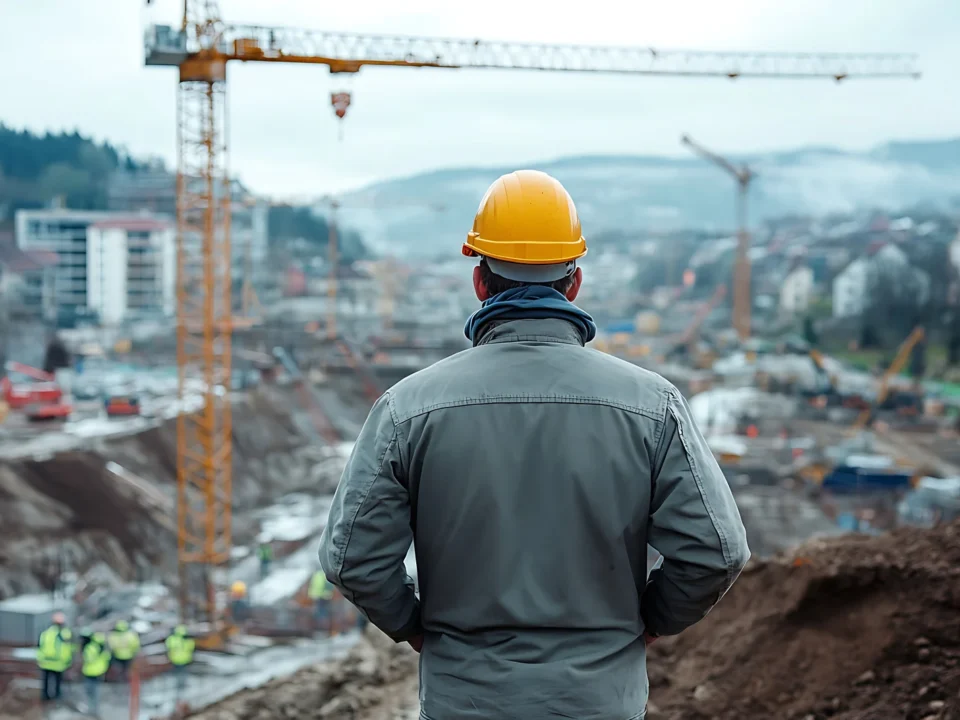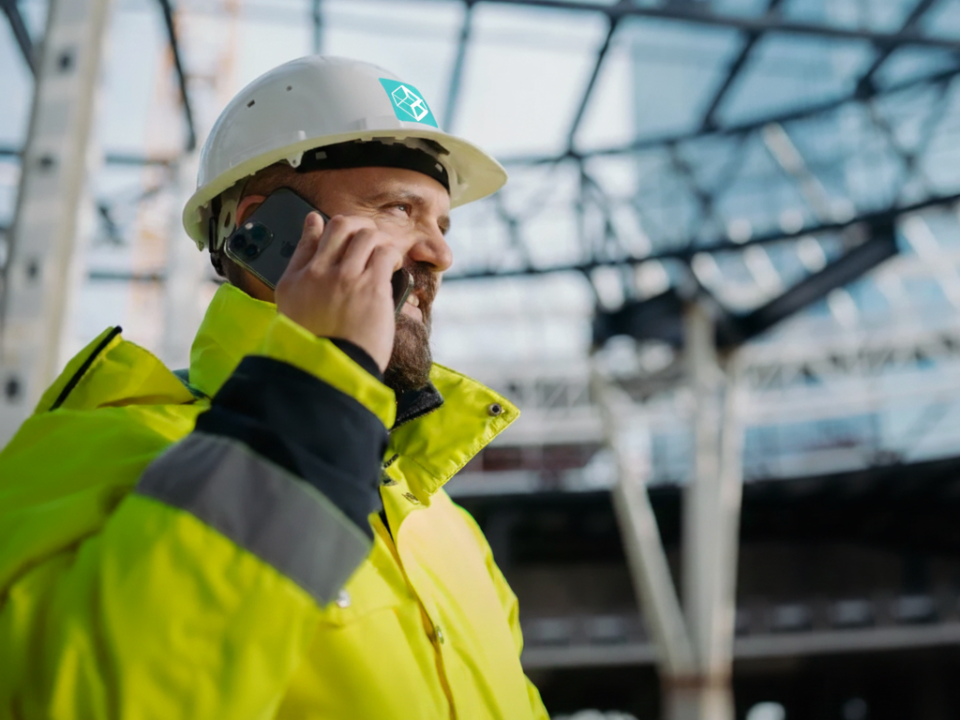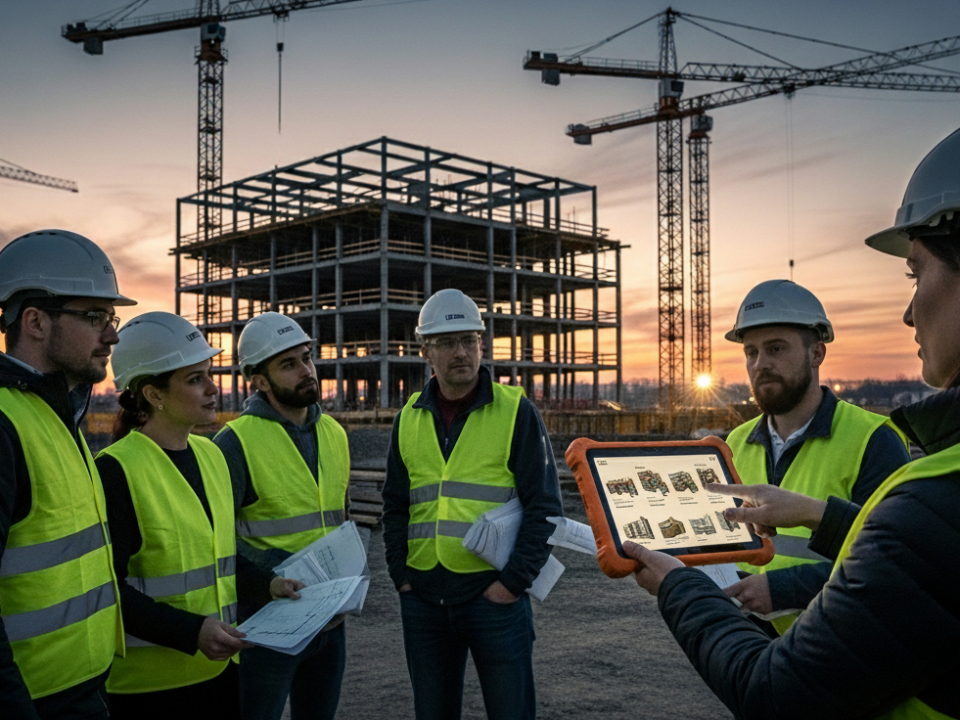In a world where every industry is under pressure to reduce its environmental footprint, the construction sector faces one of the biggest challenges and also the greatest opportunities. Often seen as one of the most resource-intensive industries, construction is now undergoing a critical transformation. At the center of this shift is a powerful idea, smart, data-driven modeling.
Building Information Modeling, or BIM, is not just about precision and efficiency. It is becoming one of the most valuable tools in the journey toward sustainability. BIM offers the unique ability to visualize, simulate, and solve environmental challenges before any materials are ordered or machinery arrives on-site. But what does that actually mean in practice?
Let’s explore how digital models are helping shape a cleaner future, one project at a time.
Rethinking the Way We Build
Traditional construction often relies on linear workflows, late-stage decisions, and reactive problem-solving. BIM encourages a new approach, where collaboration starts early, and every choice is considered in the bigger picture.
With detailed 3D models supported by real data, project teams can view a building's full lifecycle, from concept and design through operation and even demolition. This shift from building for completion to building for performance creates new opportunities to reduce waste, improve efficiency, and minimize long-term environmental impact.
Better decisions begin earlier, and they make a difference that lasts.


Designing With Sustainability in Mind
One of the biggest strengths of BIM is its ability to test outcomes before they become reality.
Want to know how much sunlight will reach a room in winter? Curious about how different materials affect a building’s carbon footprint? BIM allows teams to simulate all of these scenarios. That means architects, engineers, and project managers can make smarter, more sustainable choices based on real data, not guesswork.
Instead of relying on generic solutions, each design can be adapted to its site-specific climate, resources, and challenges. This reduces overengineering, cuts unnecessary material use, and leads to buildings that are efficient, durable, and comfortable.
Eliminating Waste Before It Happens
Construction waste is not just about leftover materials. It often comes from poor planning, communication gaps, and changes made too late in the process. These issues can create large amounts of debris, delay projects, and increase environmental harm.
Smart modeling helps prevent that. By allowing teams to see how every part of a building fits together, BIM helps avoid design clashes, errors, and material overruns. It also supports better logistics planning, making it easier to use modular or prefabricated components that create far less waste.
The result is a building process that is cleaner, smoother, and far more efficient.
Building for the Long Term
Sustainability is not only about construction. Once a building is in use, it continues to affect the environment through its energy use, maintenance needs, and material lifecycle.
This is where BIM continues to deliver value. A well-organized digital model becomes a tool for building operators, helping them track performance, detect inefficiencies, and respond to real-time data. Whether it is identifying air leaks or optimizing lighting systems, the model makes building operations smarter and greener.
Even better, the same data can be used when renovating or expanding a building later, reducing waste and extending the useful life of the structure.
Transparency and Collaboration That Works
A sustainable building depends on strong collaboration. But without clear, shared information, even the best teams can end up working at cross-purposes.
BIM provides a shared platform where all stakeholders can access up-to-date information. That visibility helps everyone stay aligned and make informed decisions that support sustainability goals.
When everyone can see the same model, arguments turn into insights. Instead of debating opinions, teams can rely on facts and performance data to guide choices. This builds trust and helps keep sustainability at the center of every conversation.
Not Just Tools, But a New Way of Thinking
In the end, using smart models to build sustainably is not only about technology. It is about changing how we think.
BIM encourages us to look at buildings as dynamic systems, not static objects. It helps us plan not just for today, but for the decades ahead. And it reminds us that every decision in construction, from the type of insulation to the orientation of a wall, can shape the future of our planet.
When we think this way, technology becomes more than a tool. It becomes a mindset.
Final Thoughts
A cleaner future in construction does not require starting from scratch. It starts by using what we already have in smarter ways. BIM helps us design, build, and manage buildings that are not just efficient, but also environmentally responsible.
More than a modeling method, BIM represents a commitment to long-term thinking, better planning, and sustainable impact. In an industry as powerful as construction, that commitment matters.
Let’s build with purpose, powered by insight, and with the planet in mind.





